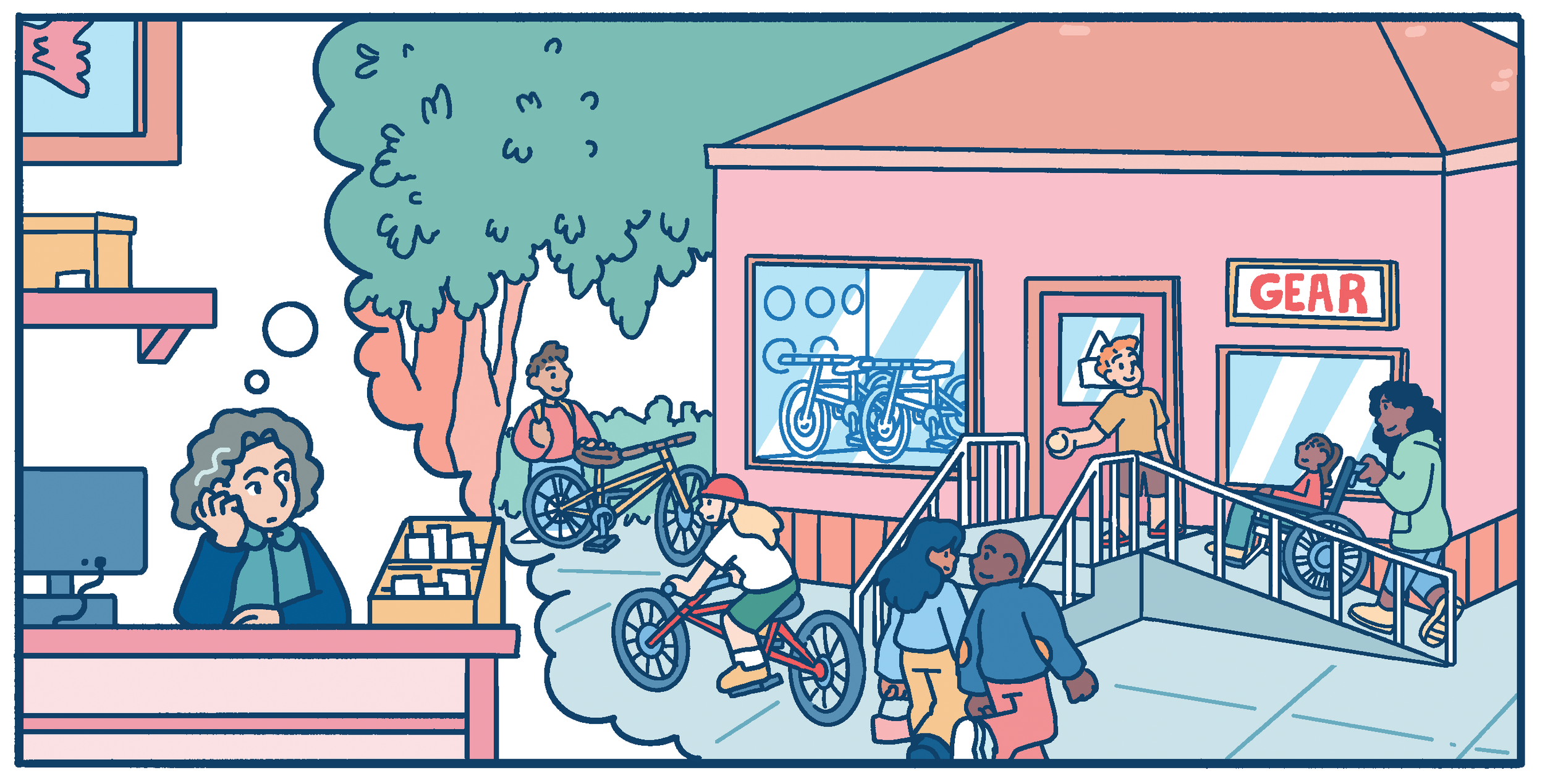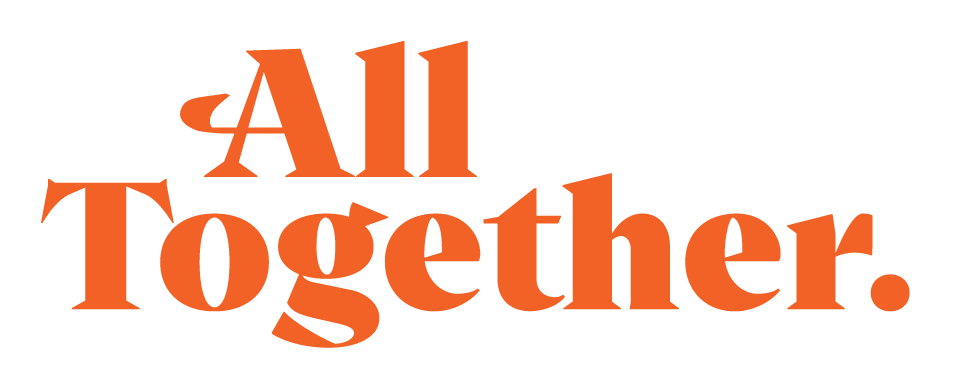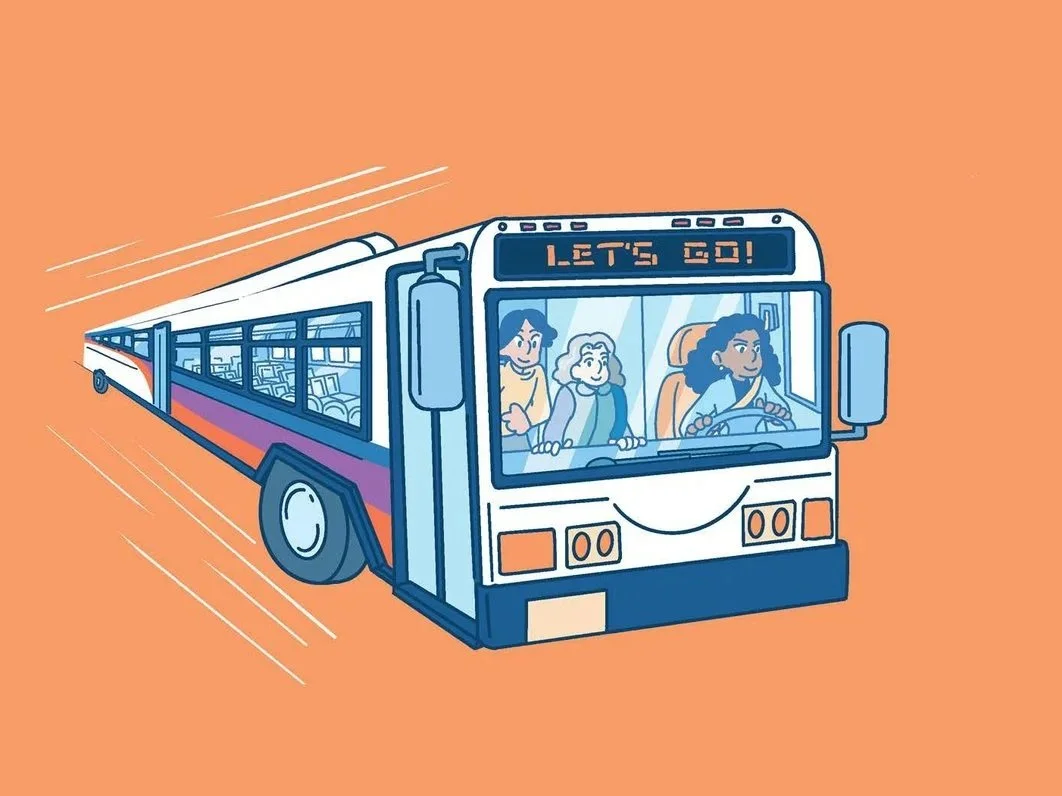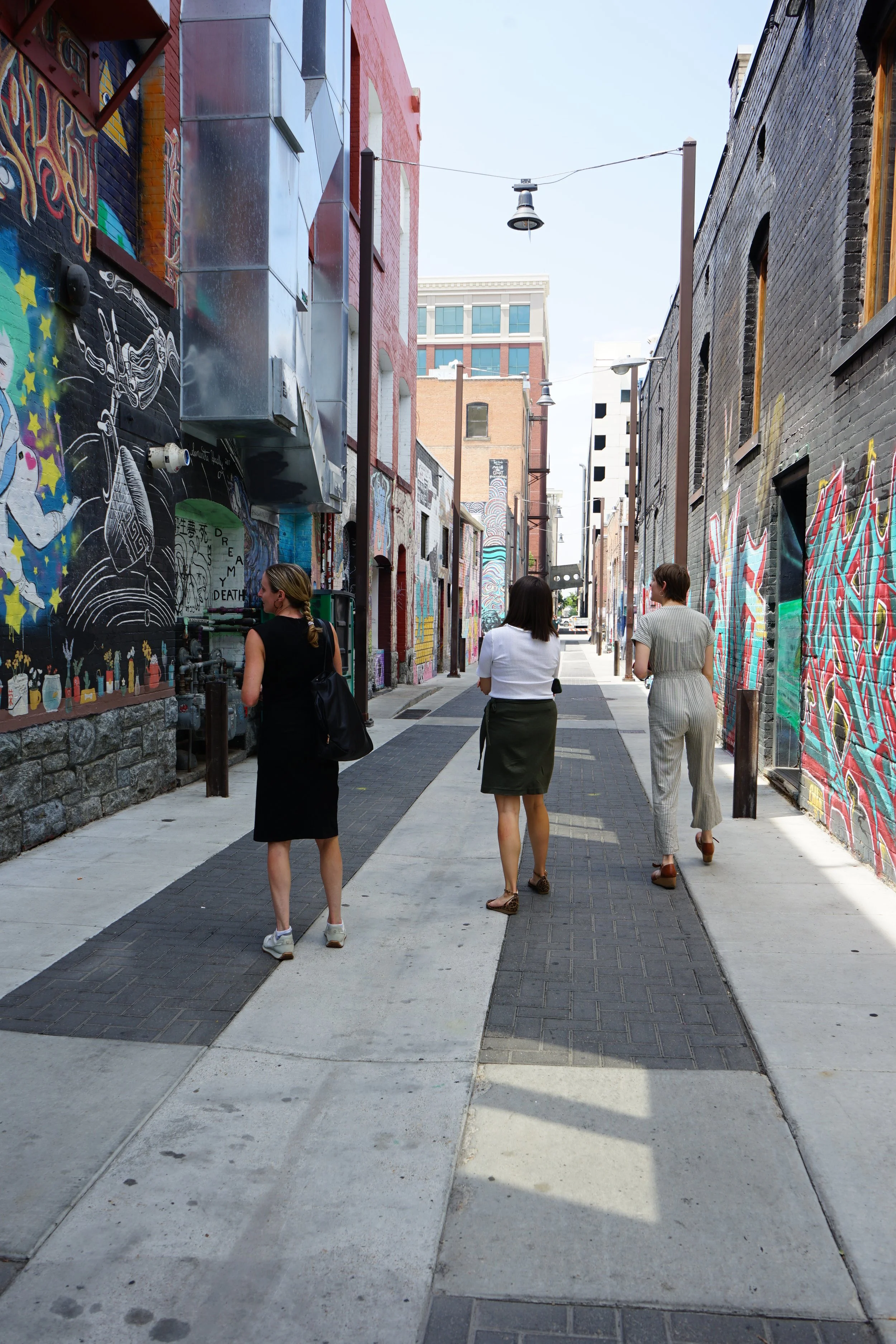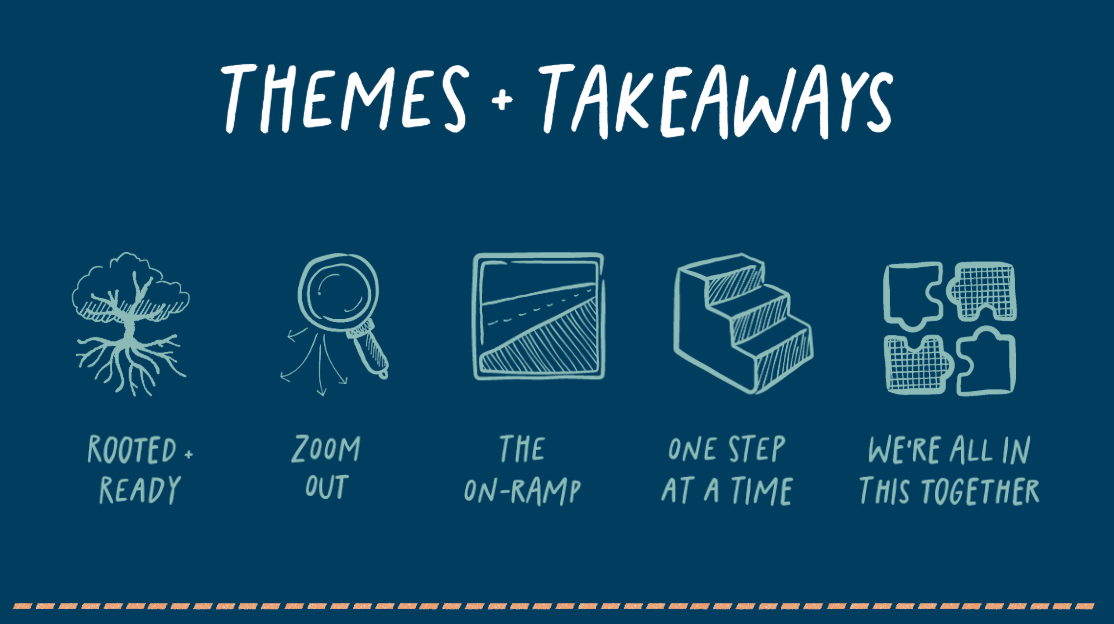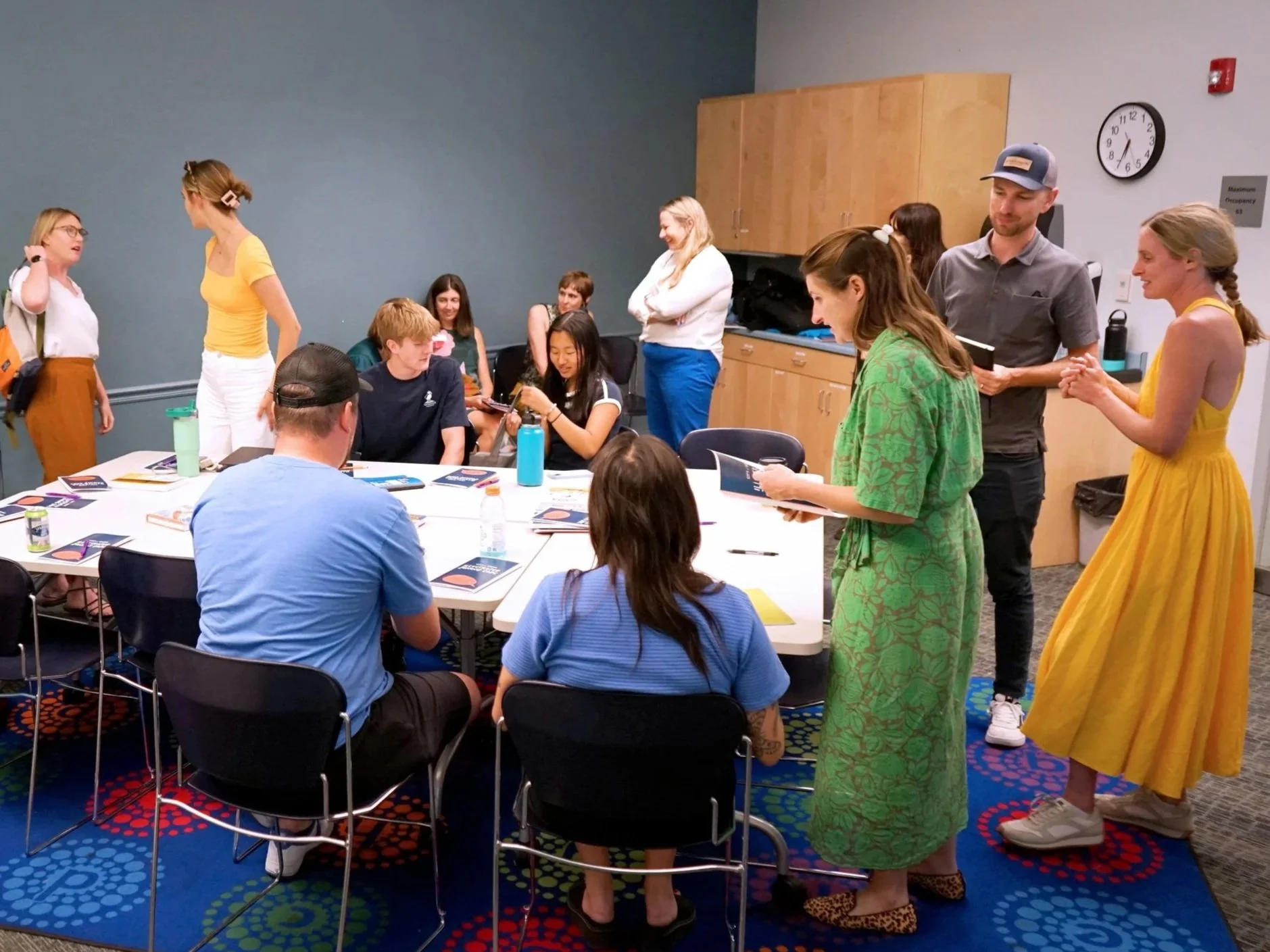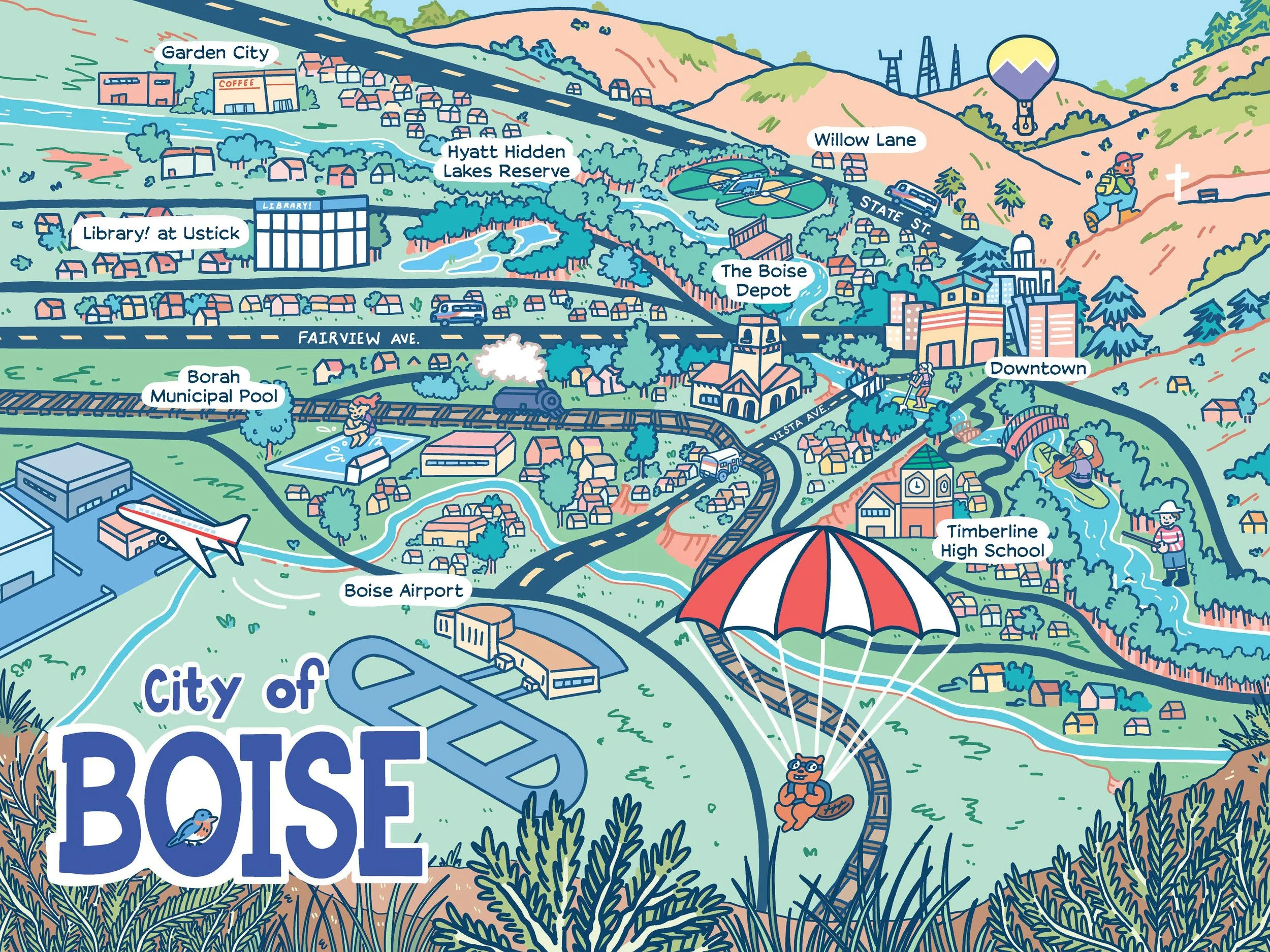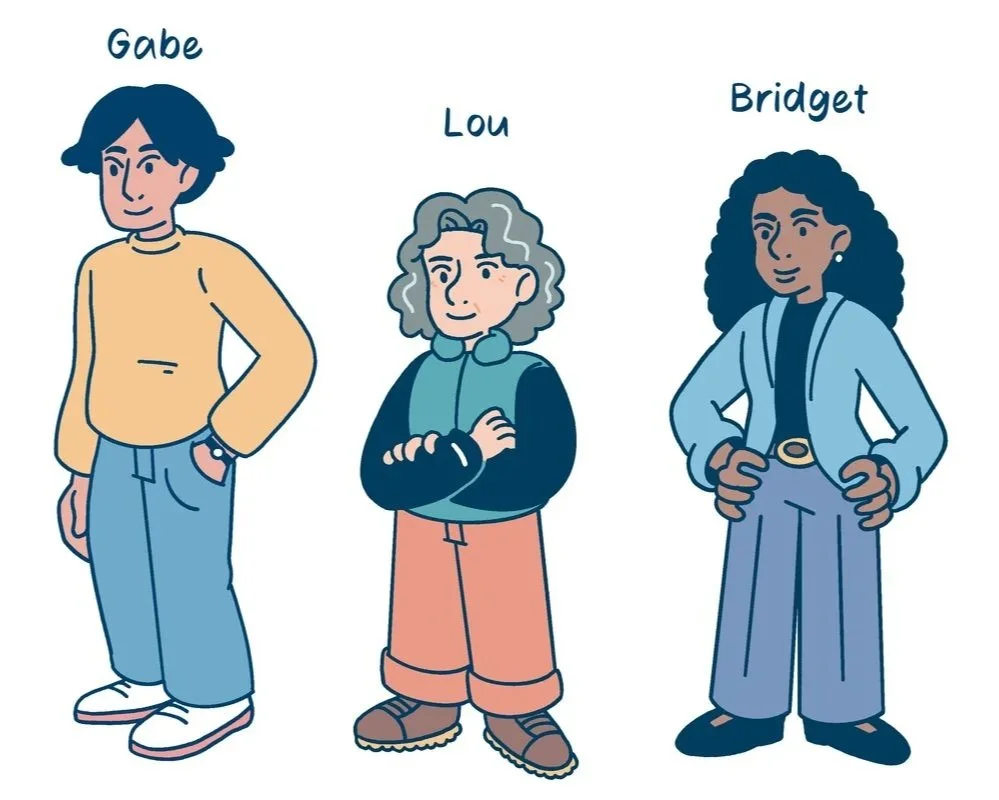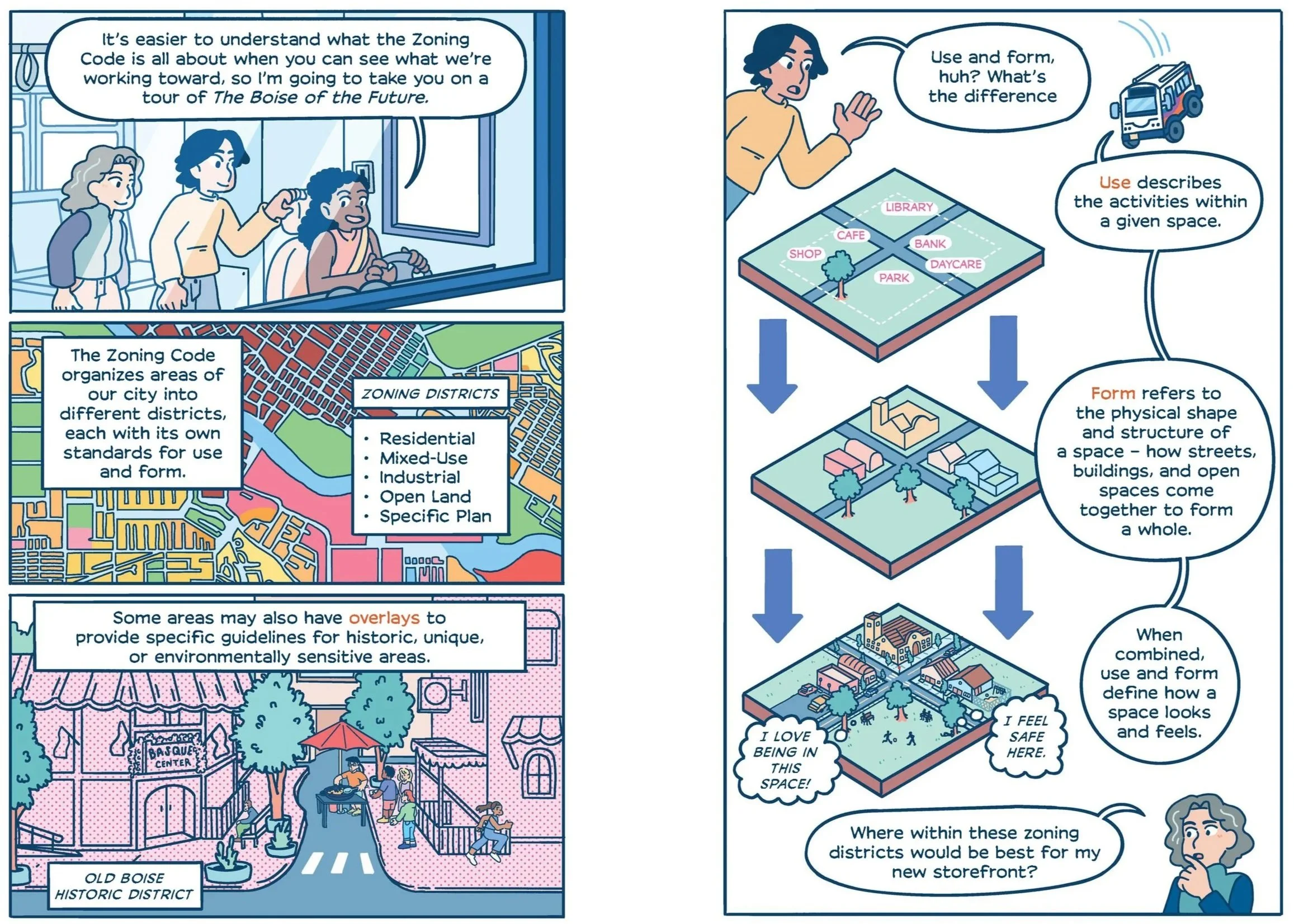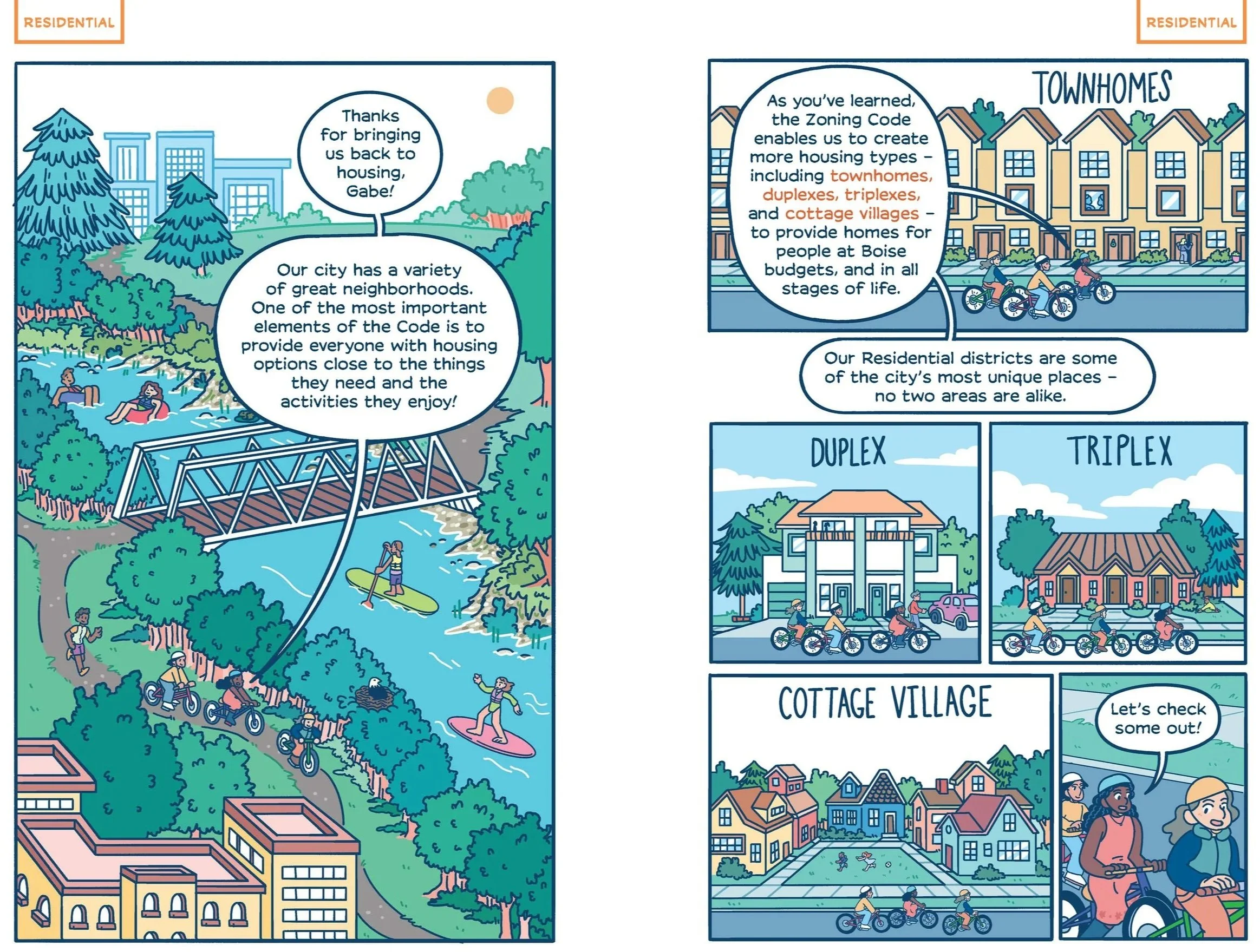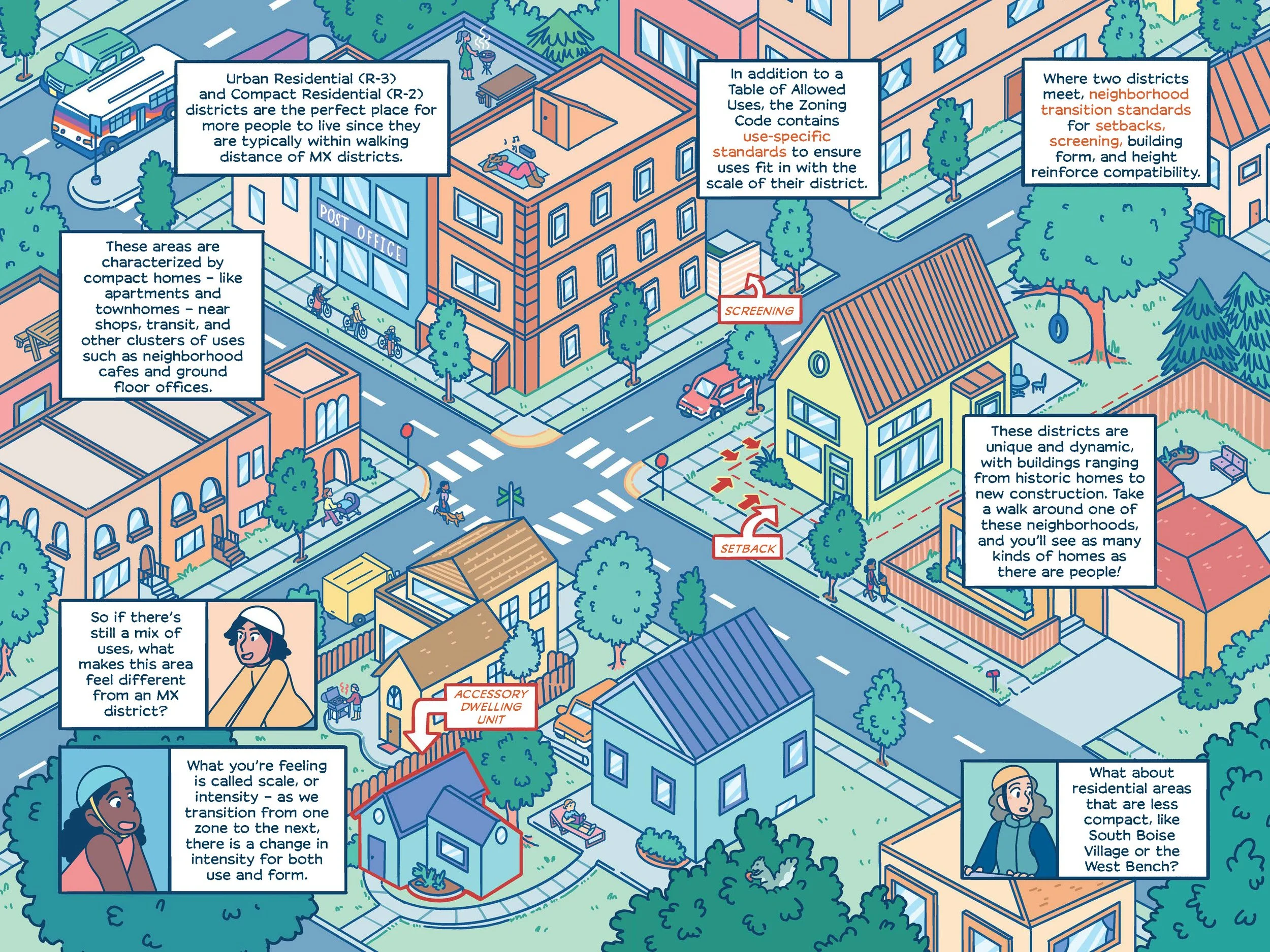CASE STUDY:
Boise Illustrated Zoning Code
How a Comic Book Transformed Complex Zoning into Community Engagement
In 2024, the City of Boise faced a unique challenge: how do you help residents understand and engage with a brand-new zoning code that hadn't been updated in over 50 years? How do you make zoning—one of the most technical and intimidating aspects of city planning—not just accessible, but actually engaging for everyday people?
What emerged was the Boise Illustrated Zoning Guide, a groundbreaking comic book that takes readers on a time-traveling journey through the city's past, present, and future. Through characters, storylines, and Easter eggs celebrating local culture, this first-of-its-kind approach transforms bureaucratic complexity into an invitation for community participation.
The Challenge
The City of Boise, after adopting its Modern Zoning Code in June 2023—the first substantial update in more than 50 years—recognized that the technical nature of zoning regulations created barriers to meaningful community engagement:
Comprehension Gap: Zoning codes are highly technical documents that can be difficult for residents, business owners, first-time developers, and educators to navigate, yet these regulations directly impact every neighborhood.
Engagement Barriers: Traditional zoning documents weren't meeting the needs of a community increasingly interested in understanding how new regulations would impact their city.
Participation Imperative: The city wanted residents to be active participants in building Boise's future, but that required demystifying planning processes and making zoning concepts understandable to everyone.

Our Approach: The Story Matters
We designed a process that prioritized community voices and creative problem-solving from the very beginning:
Deep Community Listening
We conducted extensive discovery discussions with a diverse range of stakeholders, including developers, architects, residents, historic preservationists, neighborhood associations, youth and young adults (13-26), local businesses, advocacy organizations, BSU representatives, and city staff.
This wasn't just research—it was relationship building that revealed how different community members experienced and thought about development in their city.
Collaborative Storytelling
Our process invited stakeholders to help define what the new guide needed to accomplish:
Make zoning concepts accessible without oversimplification
Connect planning regulations to Boise's community values
Provide practical information for various types of development projects
Create an on-ramp for residents wanting to get involved in the planning process
Innovative Format
Based on community input emphasizing the need for visual, accessible communication, we proposed something unprecedented: a comic book format that would use characters, storylines, and illustrations to make zoning engaging rather than intimidating.
The Solution: A Journey Through Time
Our approach led to a 60-page illustrated guide that follows Gabe (a Boise State University senior) and Lou (a small business owner) as they meet Bridget (the City's Community Development Director), who takes them on a tour of Boise's past, present, and future via a futuristic BRT.
Strategic Storytelling Elements
Characters with Purpose: Real people with relatable questions guide readers through zoning concepts, making technical content personal and relevant.
Time Travel Narrative: The journey through past, present, and future helps readers understand how Boise evolved, where it's heading, and how they can shape that future.
Local Culture Celebration: The guide is packed with Boise Easter eggs—from Subarus loaded with outdoor gear to cowboys on e-scooters, the animatronic washer-woman on Vista Ave, and Nalgene bottles covered in stickers—creating joy and local pride alongside education.
The Creative Partnership
We selected illustrator Andrea Bell, whose style evoked Richard Scarry's beloved children's books about cities—illustrations that make urban environments feel fun and approachable. Her approach perfectly captured our goal of making planning concepts feel welcoming rather than intimidating.
The comic book format allows readers to jump into any section and understand what's being shown, while an overarching narrative ties everything together, creating both usability and coherence.
We started by storyboarding out each section, considering what was happening in the images, and the key takeaways from the narrative.
From there, we created a rough sketch of the layout and potential imagery to explain planning concepts. We also noted opportunities for easter eggs—references to Boise culture that only a Boisean would get!
The next step was for Andrea to create a pencil sketch of the scenes. Throughout this process, we continuously refined the text and provided notes on the illustrations.
Detailed linework and text setting came next! We did our best to get any final notes in before it was time for...
Final color!
This iterative process allowed us to work section by section, spread by spread, to tell the story of Boise’s past, present, and future.
Breaking New Ground
This project required significant shifts within city planning culture:
Embracing Storytelling: Initially, some staff questioned whether characters and storylines were appropriate for a planning document. Through collaborative workshops, we helped the team understand that characters weren't frivolous—they were essential for helping residents see themselves in the planning process.
Balancing Technical and Accessible: The guide needed to be substantive enough to serve as a genuine planning resource while remaining approachable for residents with no development background. This required careful attention to language, visual design, and information hierarchy.
Understandable from the Ground Up: From day one, we prioritized approachable communication—not just in language choice. This required careful attention to language ("homes" instead of "residences"), visual design, and information hierarchy.
Universal Design: We prioritized accessibility features including screen reader compatibility, detailed alt text, and proper document tagging—ensuring the guide truly serves all community members.
The Outcome: A New Model for Public Engagement
The Boise Illustrated Zoning Guide represents more than communication innovation—it's a new model for engaging residents in complex policy topics.
Project Impact
60-page comprehensive guide available in print and digital formats through the city website and Boise Public Libraries
Strategic distribution including city hall lobbies, planning department waiting areas, and educational partners like Boise State University's Urban Studies program
Active engagement tool from offering children's coloring sheets at public hearings to participating in community events like the Boise Comics Art Festival
Barrier removal transforming zoning from intimidating obstacle to accessible on-ramp for community participation
Collaboration & Transformation
The project demonstrates how government communication can celebrate local culture while serving practical purposes, proving that approachability and technical substance aren't mutually exclusive. The city's thoughtful distribution approach emphasizes practical use. Digital access ensures broad availability, while physical copies reach key touchpoints where residents interact with planning processes.
This first-of-its-kind approach provides a blueprint for other cities seeking to bridge the gap between complex policy and community understanding.
As the guide approaches its public launch, it stands as proof that the most technical aspects of city planning can become opportunities for joy, connection, and meaningful community participation. The project embodies the collaborative spirit it promotes—shaped by community input and true partnership with forward-thinking city staff.
Sometimes, the most innovative approach to building a city's future is simply making sure everyone feels invited to be a part of it.
